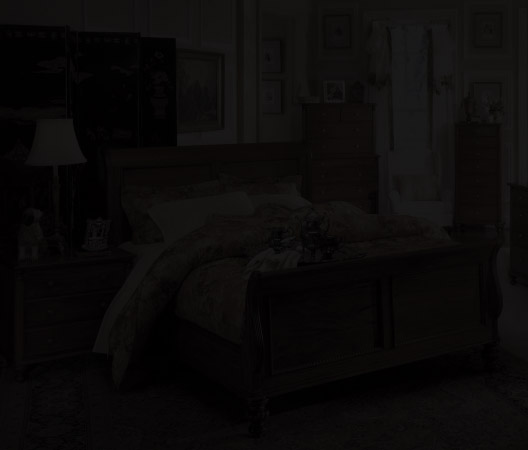 |
| Horn Antenna, Holmdel, New Jersey, circa 1960 (via) |
I came across this image by chance, just flipping through images of Bell Laboratories. The image itself speaks of a colossal effort to listen to something. Was it a particular sound that was sought out here? Not sound, but another kind of wave energy would be collected in this ear in the landscape. This ear with its ability to rotate and point to a particular part of the sky could subtract out all of the radar and radio waves inundating the electro-magnetic landscape.
This engineering effort to eliminate noise led to a most unexpected discovery. Research at the
Bell Laboratories in the 1960s was conducted in concert with NASA's
Project Echo using the above pictured Horn Antenna. The antenna was constructed to eliminate noise in order to receive a precise microwave signal reflected by a satellite in orbit.
The Horn Antenna, at the Bell Telephone Laboratories in Holmdel, New Jersey, is significant because of its association with the research work of two radio astronomers, Dr. Arno A. Penzias and Dr. Robert A. Wilson. In 1965 while using the Horn Antenna, Penzias and Wilson stumbled on the microwave background radiation that permeates the universe. Cosmologists quickly realized that Penzias and Wilson had made the most important discovery in modern astronomy since Edwin Hubble demonstrated in the 1920s that the universe was expanding. (via)
Granted, the "noise" was not audible in Penzias and Wilson's microwave radiation, but the concept is directly analogous to sound waves.
Sound mirrors along the UK's southern coast, built to detect aircraft in the decade leading up to WWII, were, like the Horn Antenna, used for a very specific purpose. These concave concrete shells permitted a listener--or a microphone--at the focal point of the reflection to pick up the droning sound of approaching aircraft before the planes would become visible. The giant mirrors become outdated before the war, and were effectively replaced by radar. No great scientific discoveries would be made here, but the project is all the same critical as we turn our attention to new possibilities for listening prostheses. What other vast engineering efforts with the aim of sharpening signals have potential for other listening purposes?
 |
| Anechoic chamber at the Harvard Acoustics Research Laboratory |
An anechoic chamber is also a kind of prosthesis, serving to eliminate sound reflections in a room. Bell Labs built the first one, and Harvard's Acoustics Research Laboratory also built one. ( See
Beranek's Box by Laci Videmsky for a short film on the anechoic chamber at Harvard ) John Cage famously sat in Harvard's anechoic for a period of time and emerged with a striking observation:
I heard two sounds, one high and one low. When I described them to the engineer in charge, he informed me that the high one was my nervous system in operation, the low one my blood in circulation.
JC's conclusion was that there could therefore be no such thing as silence. As long as we live, a fundamental, background hum, pervades our experience.
So if silence is not possible, if a pure signal can never be achieved, a counter-project to the one of noise reduction emerges which is to amplify that background sound. Such is the allure of the
Sonic Pavilion by Doug Aitken - a mile deep boring into the earth with microphones and accelerometers
at varying depths. We hear the sounds of the earth, of seismic plates shifting, of a background geologic hum, transposed to the range of human hearing. This representation is not at all trying to hear anything, to cull any particular signal or data set. It is simply a project about listening. Listening for the sake of listening, for the pleasure of recording that which is buried, masked, and otherwise un-listenable.
The listening prosthetic is ultimately about itself, which is partly why that photo of the Horn Antenna is so compelling. Yes, as a piece of technology, it is out-dated. Like the sound mirrors, it is a ruin. It is no longer fired up to listen to the background waves of the Universe. But the larger project of augmenting the act of listening continues. Let it be a monument to listening.

























